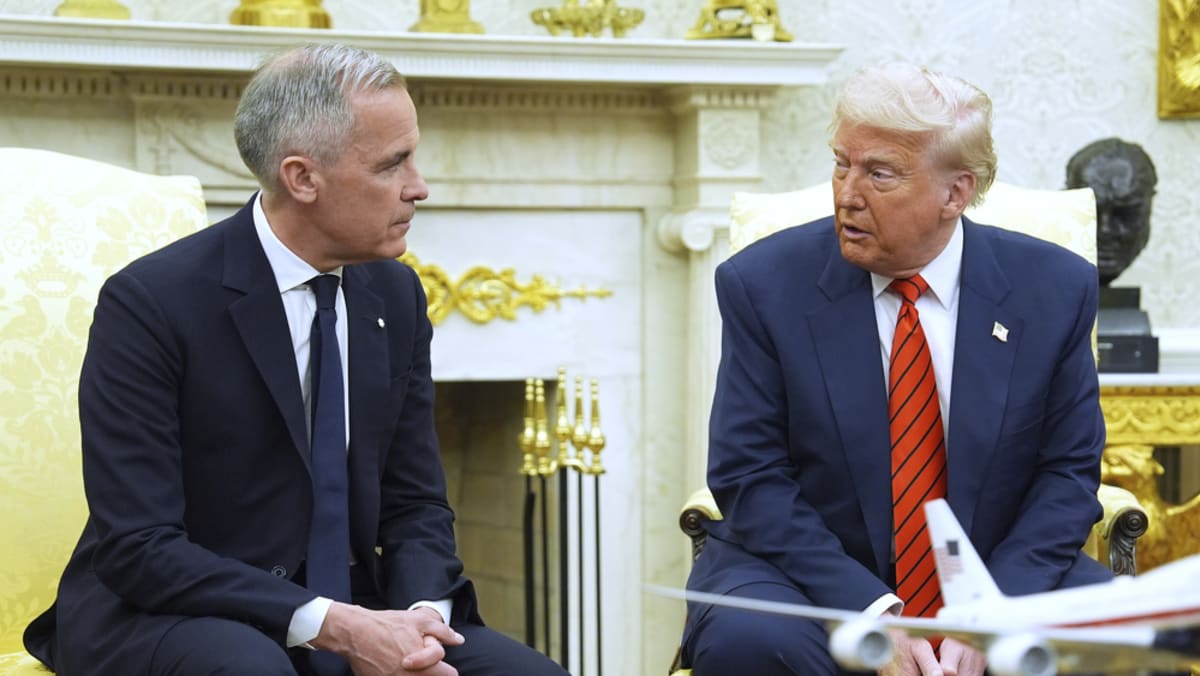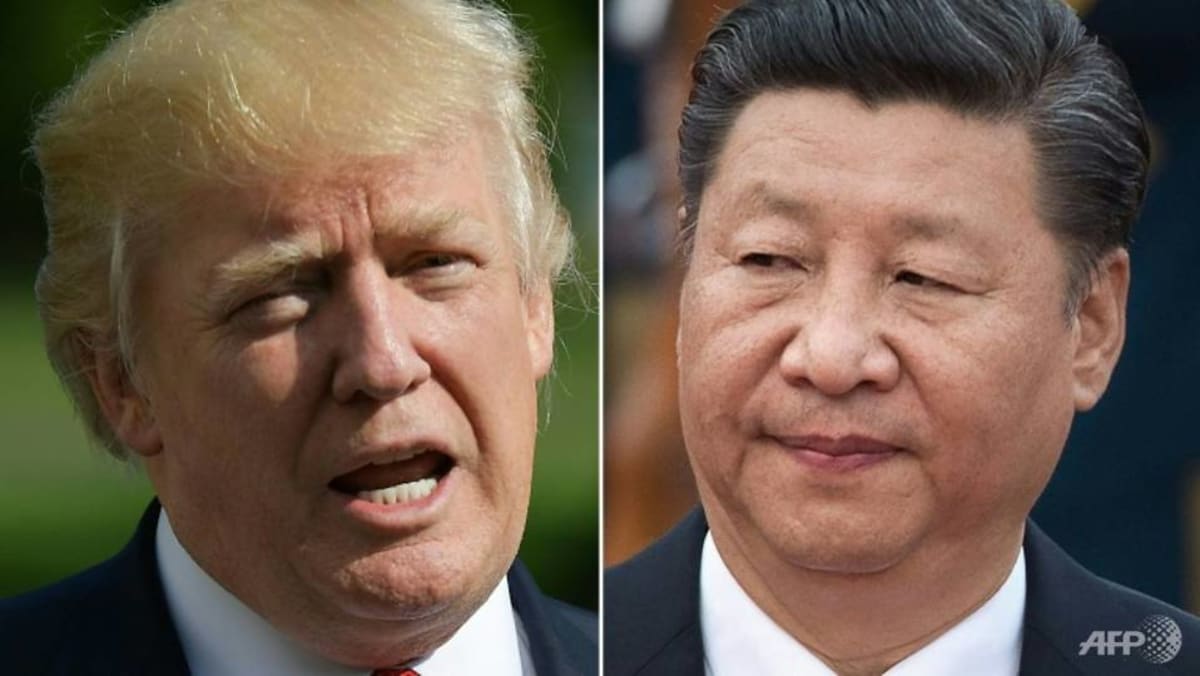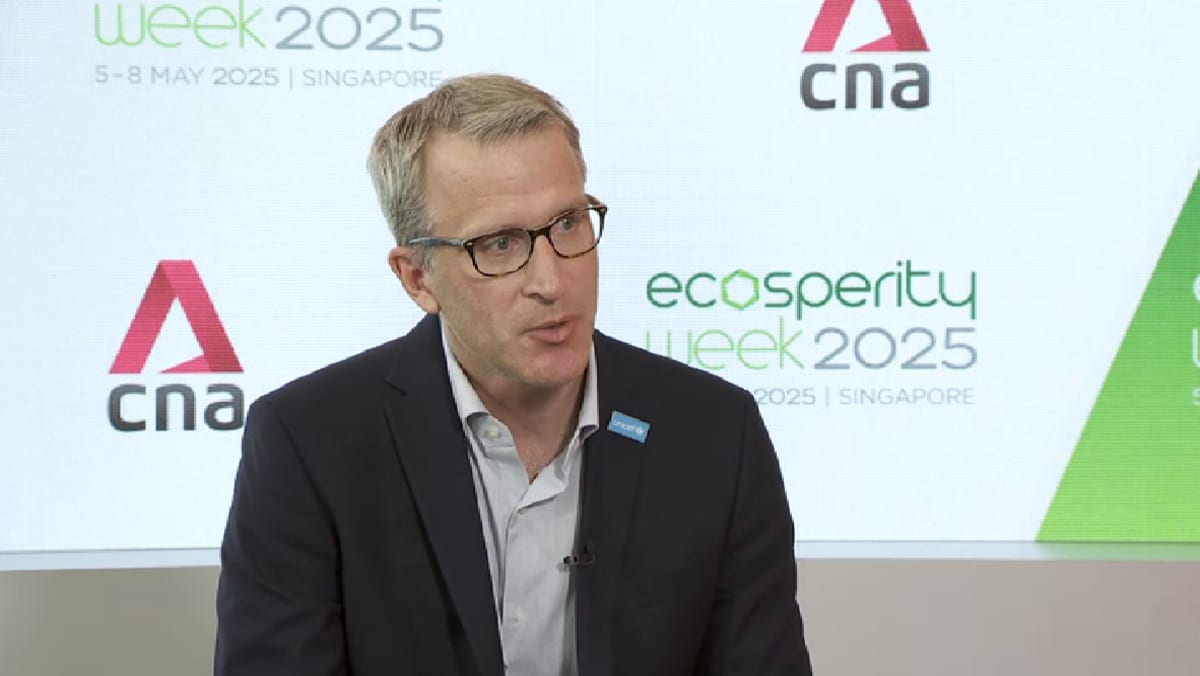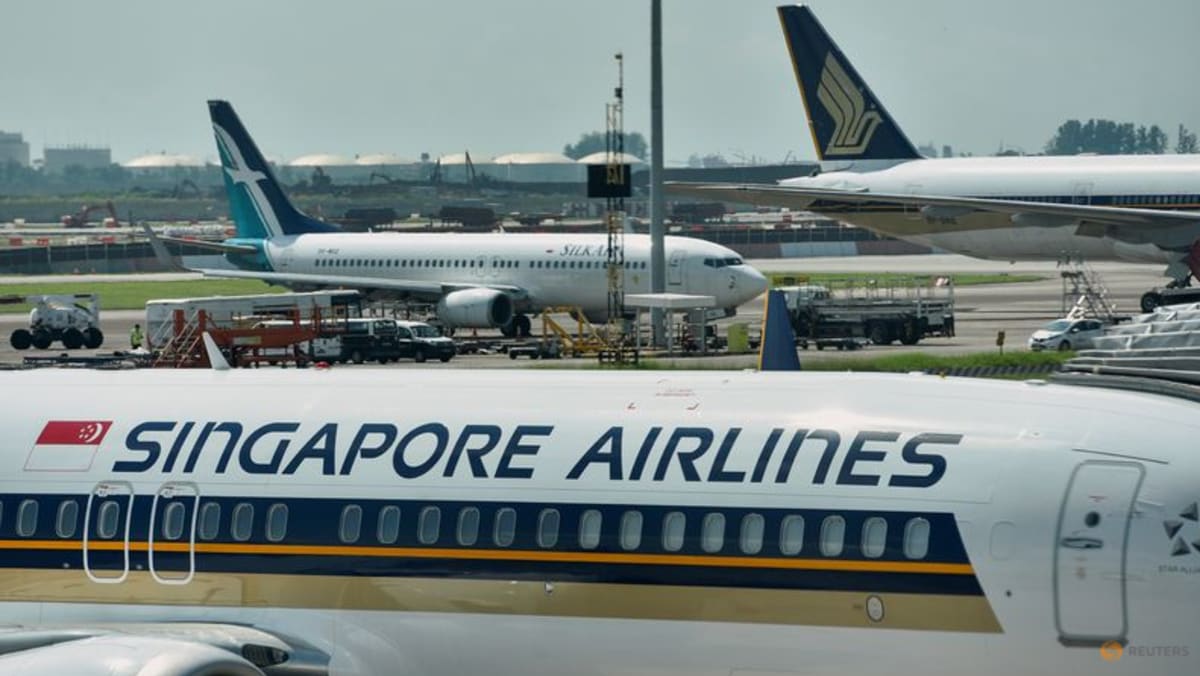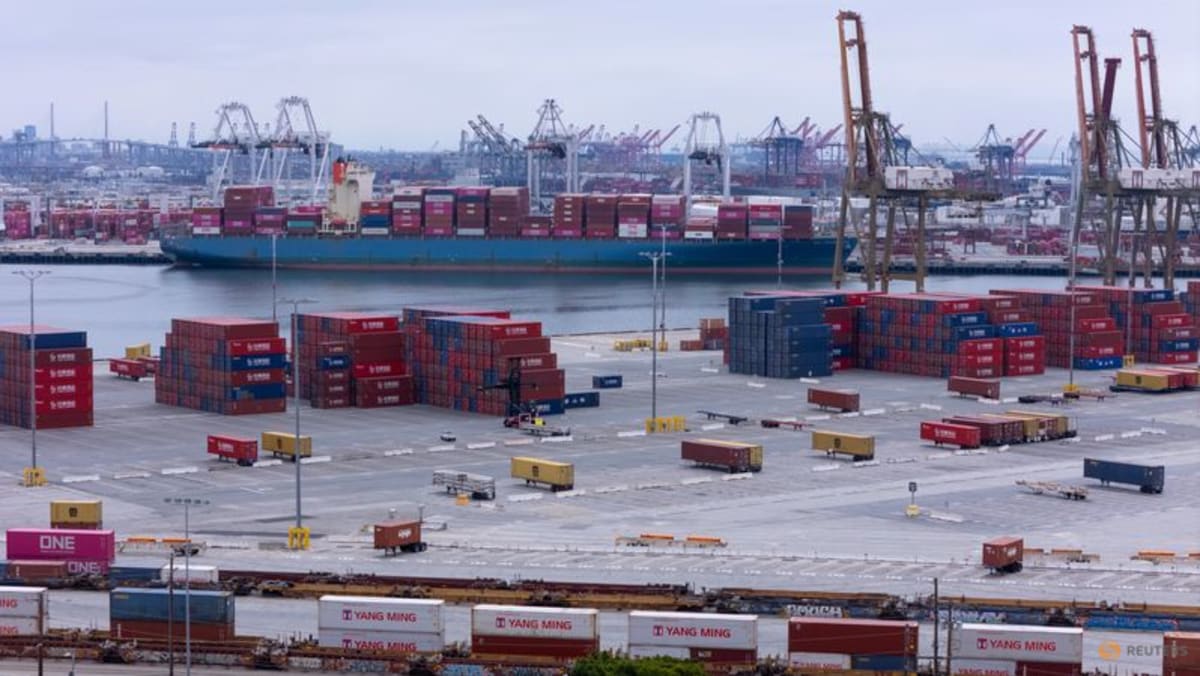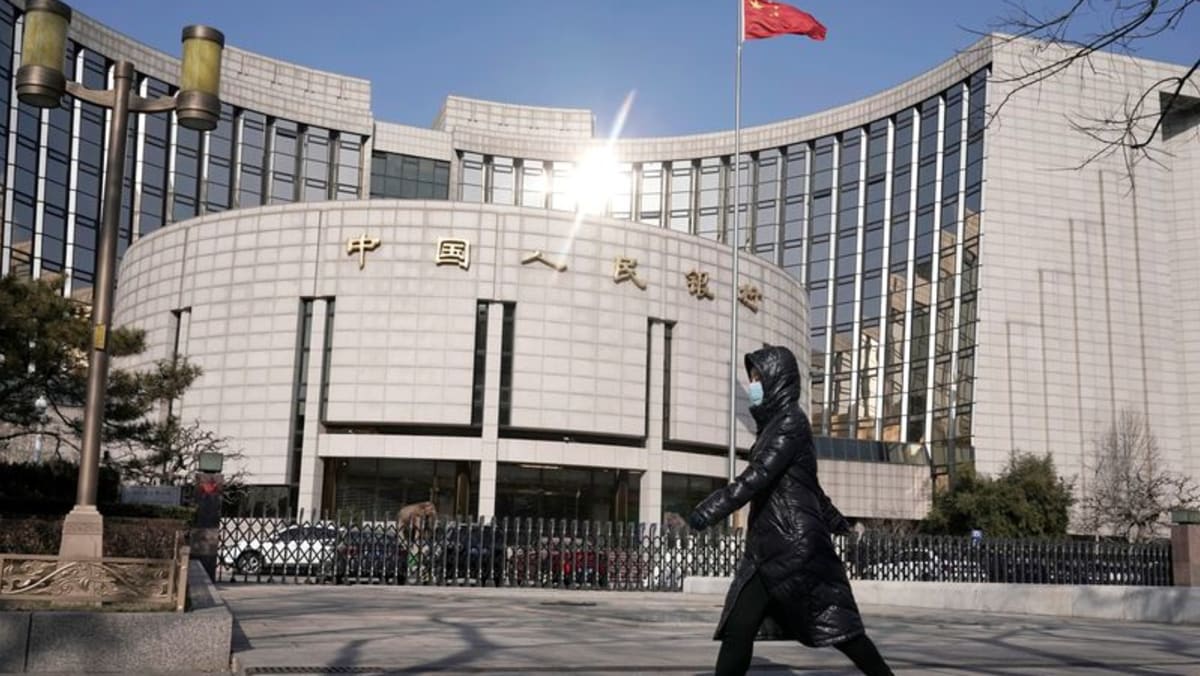The Chinese side should address this problem. But given how Trump has treated other world leaders, no one would recommend changing course now. Rather than risk humiliation, Xi will probably meet with Trump only after lower-level officials from both sides have agreed on outcomes, as is normal diplomatic practice.
Other institutional asymmetries also weigh on bilateral relations. In China, the premier and vice premiers are responsible for certain aspects of the economy and government – roles that do not correspond neatly to US Cabinet secretaries. Since changing these systems is out of the question in the short term, officials should negotiate with their designated counterpart, while also meeting with more senior officials to ensure that messages are getting through.
For this reason, previous US administrations created mechanisms to convene US agency heads and Chinese vice premiers for regular dialogues. But these forums were deemed inefficient and subsequently scrapped.
WHAT DOES TRUMP ACTUALLY WANT?
The Chinese have asked the Trump administration to pick a point person with whom they can negotiate. The counterpart for such trade talks would normally be the US Trade Representative (USTR), as it was in Trump’s first term.
But this time around, the US agenda for trade with China is so muddled, and the stated goals so wide-ranging – from rebalancing global trade to stopping the flow of fentanyl, reindustrialising America and generating revenue – that the USTR would be out of his depth.

